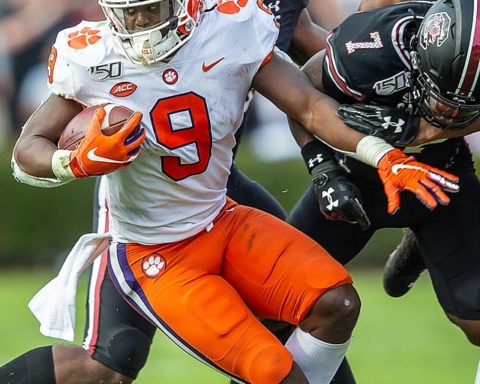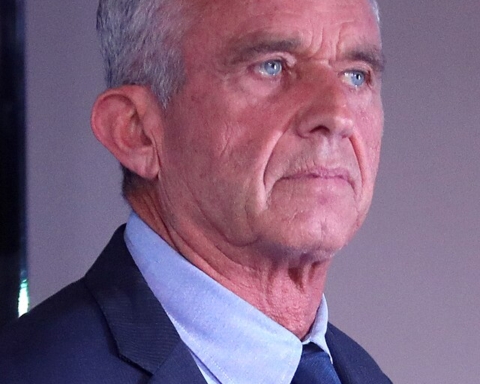A few weeks ago, I was on Twitter and came across something that made my heart sink into my stomach. It was a statistic taken from a sports doctor comparing NCAA athletes and clinical depression. The chart stated that 30.4 percent of college softball players have clinical depression. Being a college softball player, this hit close to home. Softball is the second highest female sport on the list, coming in behind female track and field at 37.7 percent. These numbers are incredibly high.
That is terrifying. So, let’s talk about it.
Mental health in student-athletes is a topic I have recently become deeply invested in. As I experience first-hand the rigors of balancing school, a sport and extracurriculars, I soon noticed the toll all of this put together can have on an individual. As it became more and more prominent, I began to do some research on the stigma of mental health in student-athletes, and realized other institutions have the same issue.
Student-athletes are seen from a standpoint as individuals who are supposed to have this balance of school, sport and social life all figured out. They are seen as individuals who, even though they have a huge test on Wednesday, they won’t let that affect their performance in a big game Tuesday night. These examples are broad, but relatable through all sports.
It troubles me most that this isn’t a constant topic of discussion among the athletic community. So many preventative measures are taken in the physical health aspect of athletics that we consistently are forgetting the mental health side, which is far more important. We are always hearing about state-of-the-art rehab machines, the newest ice baths and safer tapes and wraps. But why don’t we hear about the other side? Why don’t we hear about sports psychologists being hired within an athletic department, or new programs for student-athletes to follow to keep their stress and anxiety to a minimum? These are proven to be extremely beneficial to student-athletes.
We, as a community, need to break the stigma of mental health in student-athletes. Athletes won’t show up to practice 100 percent focused every time. They may be struggling in a class and overwhelmed with the thought of if they’ll pass or not. They could be holding back tears because they just found out a family member is sick. Or, they could be exhausted because they got out of conditioning late last night, and the stress of their 10-page paper kept them up until 3 a.m.
If we give athletes the resources to help keep their mental health in top shape like we give them the top resources to keep their bodies in top shape, the results would be striking.
Athletes may take an off day, but mental health doesn’t. You can’t see anxiety or depression like you can a sprained ankle or a bruised arm, but it’s always there. The last thing an athlete wants is to be perceived as incapable or weak, so why is it perceived like that if an athlete comes forward with one of these issues? A happy, healthy lifestyle for all student-athletes should be the main goal of athletic departments across the country. The first step to making this a universal requirement is breaking the stigma.
It doesn’t have to be terrifying, so let’s keep the discussion going.
By Allie Piergustavo, Contributing Writer
pierguaa15@bonaventure.edu





